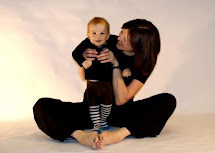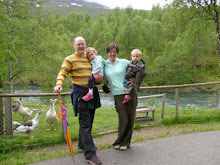
Pigs and Piglets: Bacon and crackling
Today I'd like to share a report I have been reading...
Access Farm Sanctuary Research Report,
The Welfare of Sows in Gestation Crates:
For more info go to www.factoryfarming.com
Modern breeding sows are treated like piglet-making machines. Living a continuous cycle of impregnation and birth, each sow has more than 20 piglets per year. After being impregnated, the sows are confined in gestation crates — small metal pens just two feet wide that prevent sows from turning around or even lying down comfortably. At the end of their four-month pregnancies, they are transferred to similarly cramped farrowing crates to give birth. With barely enough room to stand up and lie down and no straw or other type of bedding to speak of, many suffer from sores on their shoulders and knees. When asked about this, one pork industry representative wrote, "...straw is very expensive and there certainly would not be a supply of straw in the country to supply all the farrowing pens in the U.S."
Numerous research studies conducted over the last 25 years have pointed to physical and psychological maladies experienced by sows in confinement. The unnatural flooring and lack of exercise causes obesity and crippling leg disorders, while the deprived environment produces neurotic coping behaviors such as repetitive bar biting and sham chewing (chewing nothing).
After the sows give birth and nurse their young for two to three weeks, the piglets are taken away to be fattened, and the sows are re-impregnated. An article in Successful Farming explains, "Any sow that is not gestating, lactating or within seven days post weaning is non-active," and hog factories strive to keep their sows '100 % active' in order to maximize profits. When the sow is no longer deemed a productive breeder, she is sent to slaughter.
The overcrowding and confinement is unnatural and stress-producing since pigs are actually very clean animals. If they are given sufficient space, pigs are careful not to soil the areas where they sleep or eat. But in factory farms, they are forced to live in their own feces, urine, vomit and even amid the corpses of other pigs.
In addition to overcrowded housing, sows and pigs also endure extreme crowding in transportation, resulting in rampant suffering and deaths. As one hog industry expert writes:
Death losses during transport are too high — amounting to more than $8 million per year. But it doesn't take a lot of imagination to figure out why we load as many hogs on a truck as we do. It's cheaper. So it becomes a moral issue. Is it right to overload a truck and save $.25 per head in the process, while the overcrowding contributes to the deaths of 80,000 hogs each year?
Prior to being hung upside down by their back legs and bled to death at the slaughterhouse, pigs are supposed to be 'stunned' and rendered unconscious, in accordance with the federal Humane Slaughter Act. However, stunning at slaughterhouses is terribly imprecise, and often conscious animals are hung upside down, kicking and struggling, while a slaughterhouse worker tries to 'stick' them in the neck with a knife. If the worker is unsuccessful, the pig will be carried to the next station on the slaughterhouse assembly line — the scalding tank — where he/she will be boiled, alive and fully conscious.




0 comments:
Post a Comment